Not as luxurious as the TZ10, but delivers high quality photos and videos, a big zoom and a pocket-friendly design at an extremely attractive price.Build quality and controls; manual aperture and shutter-speed control; lens range and quality; value for money……..
The TZ8 is a cut-down version of the Panasonic TZ10, and costs around £75 less. The two models are very similar and their photo-taking abilities are identical. What you don’t get here is the TZ10’s GPS tagging, its 3in, 460,000-dot screen and its ability to record video in AVCHD Lite format.
Panasonic’s TZ range of compacts has produced cameras with impressive zoom lengths for a fair few years now, of which the TZ8 is one of the latest additions. This slim camera somehow manages to contain a 12x optical zoom, making it TARDIS-like in its ability to conceal such a feature. This aside the TZ8 can also shoot 720p HD video and gives the user full control of shutter speed and aperture.
GPS tagging is something we can happily live without, especially if it’s as flaky as the TZ10 was in our tests. The screen downgrade is more significant, but this one’s 2.7in diameter and 230,000-dot resolution are perfectly adequate.
The TZ8 records its video in the capacity-hogging M-JPEG format, which means a 2GB card holds just eight and a half minutes of video. However, unlike the previous cut-price TZ model, this one can record videos in 720p HD.
Panasonic’s over a barrel with this one. It simply had to give the TZ8 an HD movie mode, given that all its rivals now have this too, so the only video difference left between this camera and the TZ10 is a choice of movie formats. Well, almost: the TZ10 records stereo sound, while the TZ8 is mono.
Noise reduction wasn’t as effective as it was on the TZ10 and the audio is mono rather than stereo, but the autofocus and zoom are fully operational and their motors didn’t spoil the soundtrack. Comparisons with the TZ10 aside, the TZ8’s videos are considerably better than from most stills cameras.
With the same lens, sensor and image-processing engine, it’s no surprise that the TZ8’s photo quality and performance are identical to the TZ10’s. That’s good news for outdoor photography, with crisp details and exquisite colours in bright light. Low-light, high-ISO shots were spoiled by noise, but the highly effective stabilisation meant we could keep the ISO speed down as long as the subject wasn’t moving.
Externally, the only differences are that the TZ8 is missing the GPS ‘bump’ on the top plate, the stereo mics alongside it and the movie button on the back (it replaces it with an ‘E.Zoom’ button).
The TZ10 is trumped by the Samsung WB650 thanks to the WB650’s more effective GPS facilities, better screen and lower price. However, the battle between the TZ8 and Samsung WB600 s a closer-run contest. There’s little to choose between them for features or image quality.
The Leica name on the front of the lens gives this camera a degree of prestige, and with a 25mm wide angle it seems as if Panasonic has approached the optics in the correct manner. The slight frame on the TZ8 belies the features within, which also include a high definition movie mode that allows the full magnification to be used when recording. Much like a DSLR the TZ8 also gives complete control of the shutter speed to capture fast moving subjects and the aperture to increase the amount of the photo in focus.
There’s an intelligent auto mode for those looking to give control over to the camera, as it caters the scene mode to the subject or lighting conditions. The 12x zoom also has an amount of automatic assistance in the form of an optical image stabiliser. This is something of an impressive extra for a compact camera as few come with the feature, and should make finding focus at the top end of the zoom far easier. With such a small, light body to hold, the stabilisation should come into play frequently.
The decision comes down to the GPS feature, and how much of a premium you’re willing to pay for it. The TZ10 tags your pictures with hidden information, or metadata, that tells Web sites like Twitter or Google Maps where the shot was taken. A cool bonus is that the camera has an extensive list of landmarks so you can assign a picture to the actual place it was taken. And we do mean extensive: in the video we scroll down the list of local landmarks near our office; we’re here every day and many of them are new to us.
In the end, though, the TZ8 is just too good for any of this to matter very much. It’s a superbly designed camera which offers immense versatility, high-end photographic controls and overall image quality that’s not just exceptional for a superzoom, but for any kind of compact digital camera at all. It’s up to you to decide whether gadget lust for the TZ10’s extra features wins out over the TZ8’s lower price tag.
Resources :reviews.cnet.co.uk,expertreviews.co.uk,trustedreviews.com

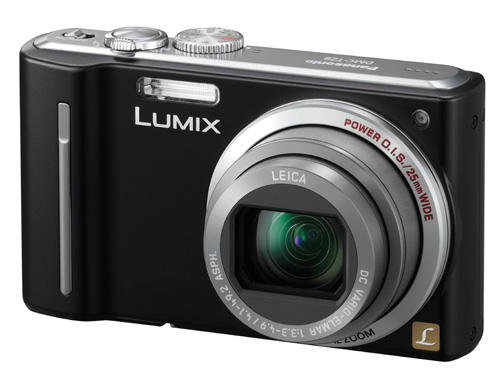
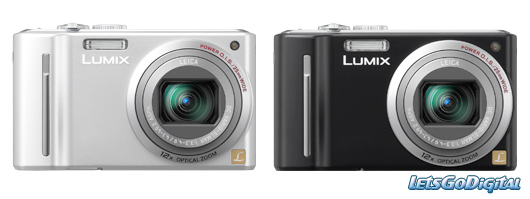
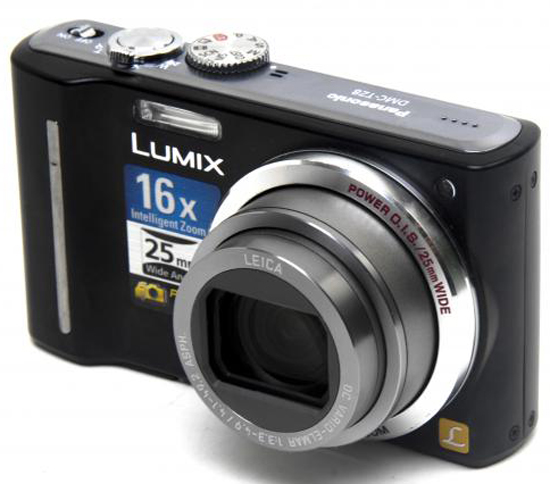
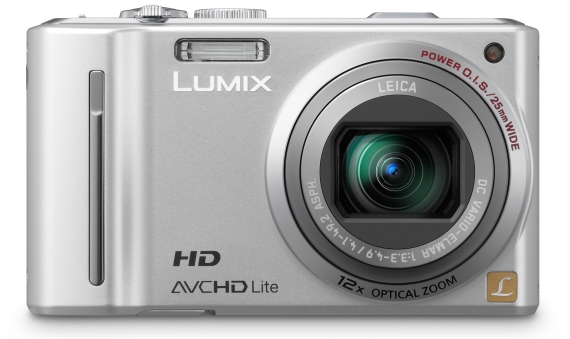
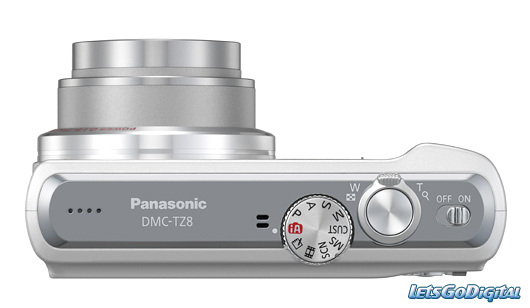
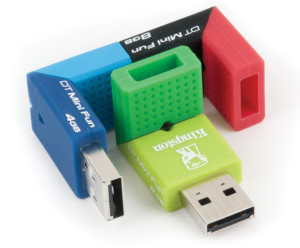
Pingback: How to lessen bass when recording live concerts with a digital camera? | China tourist guide
Pingback: LUMIX TZ10. « Эхо блогосферы